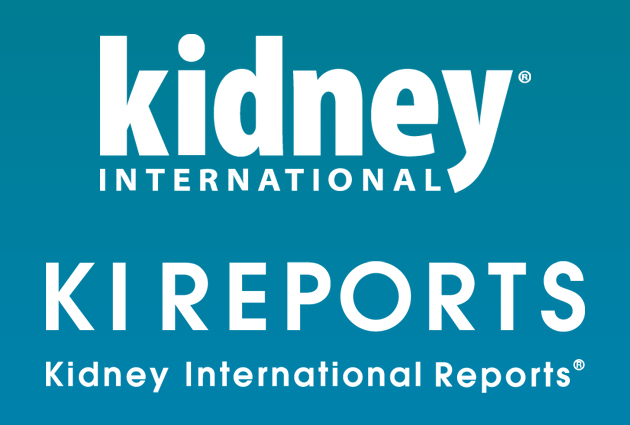South Asia Regional Board Webinar: Case-based discussion and update on the management of IgA Nephropathy
IgA nephropathy is one of the most common glomerular diseases, worldwide. The diagnostic histologic hallmark is dominant or codominant IgA staining on kidney biopsy; however, patients may present with various clinical syndromes ranging from asymptomatic abnormalities noted on urinalysis, nephritic syndrome, nephrotic-nephritic syndrome to rapidly progressive glomerulonephritis with crescentic transformation.
There is substantial heterogeneity in the clinical course of the disease. Recently, an online risk calculator has been developed that assists in the prognosis of the disease.
Supportive treatment with RAAS blockers is the cornerstone initial therapy of IgAN. The additive benefit of currently immunosuppressive agents, like corticosteroids, remains unresolved and debatable. Although the use of corticosteroids attenuates proteinuria, the long-term benefits have been questioned. The use of corticosteroids is also associated with severe adverse effects, notably infection, making it more debatable. The understanding of mucosal immunity and the role of the complement system in IgAN pathogenesis also provoked for novel therapeutic options. Recently, a buzz on SGLT-2 inhibitor use in management of IgAN has also been flashed.









